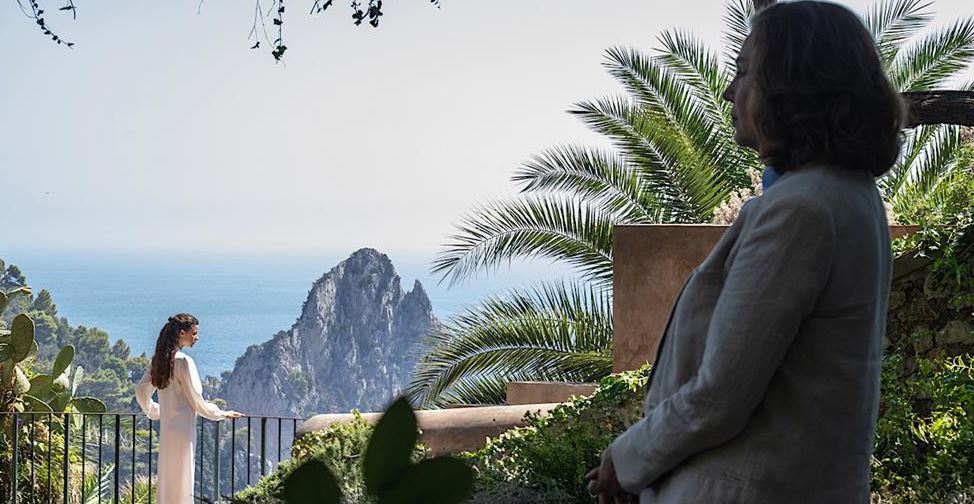Parthenope Where To Watch Movie Online
Parthenope Where To Watch Movie Online
Parthenope,” directed by Paolo Sorrentino, is a film that intricately weaves the themes of beauty, identity, and the complexities of youth into a rich tapestry. Set against the backdrop of Naples, the film follows the life of its titular character, Parthenope, portrayed by Celeste Dalla Porta. This narrative not only reflects on personal growth but also delves into societal expectations surrounding beauty and femininity.

Parthenope
The Character of Parthenope
At the heart of “Parthenope” is Celeste Dalla Porta’s character, a young woman whose stunning beauty captivates everyone around her. The film opens with striking visuals that emphasize her allure, presenting her as an object of desire while simultaneously exploring her internal struggles. As she navigates through adolescence into adulthood, Parthenope grapples with the dichotomy between being seen as a mere object of beauty and striving for deeper self-fulfillment. Her journey is marked by moments of joy and sorrow, reflecting the complexities inherent in growing up under societal scrutiny.
Themes of Beauty and Objectification
Sorrentino’s direction brings forth a critical examination of how beauty can be both empowering and limiting. Throughout the film, Parthenope’s interactions reveal how society often reduces women to their physical appearance. The narrative challenges this notion by showcasing her academic pursuits in anthropology under the guidance of a grumpy professor played by Silvio Orlando. This subplot serves as a counterpoint to her external allure, emphasizing that there is more to her than meets the eye.
Visual Storytelling and Cinematic Techniques
The cinematography in “Parthenope” plays a crucial role in conveying its themes. Sorrentino employs lush visuals and dreamlike sequences that blur the lines between reality and fantasy. The use of vibrant colors and symmetrical compositions enhances the aesthetic appeal while also serving as a metaphor for Parthenope’s internal conflict. Each frame is meticulously crafted to evoke emotions that resonate with viewers on multiple levels.
The Soundtrack: An Emotional Underpinning
Lele Marchitelli’s operatic score further enriches the film’s emotional landscape. The music complements Parthenope’s journey, accentuating moments of introspection and celebration alike. It underscores the tension between her desires for love, success, and self-discovery while grounding her experiences within the cultural context of Naples.
A Reflection on Self-Discovery
Ultimately, “Parthenope” transcends being merely a coming-of-age story; it becomes an exploration of self-discovery amidst societal pressures. As Parthenope evolves throughout the film—from a carefree seductress to a woman who seizes control over her own narrative—viewers are invited to reflect on their perceptions of beauty and identity. Sorrentino’s masterful storytelling invites audiences to consider what lies beneath surface appearances and encourages an appreciation for individual complexity beyond societal labels.
Recent Posts
Search
Recent Posts
- Thunderbolts full movie english sub 720p hd May 4, 2025
- Babygirl January 27, 2025
- The Substance How To Watch Movie Online January 16, 2025
Archives
- May 2025 (1)
- January 2025 (148)
- December 2024 (63)
- August 2024 (6)
- July 2024 (9)
